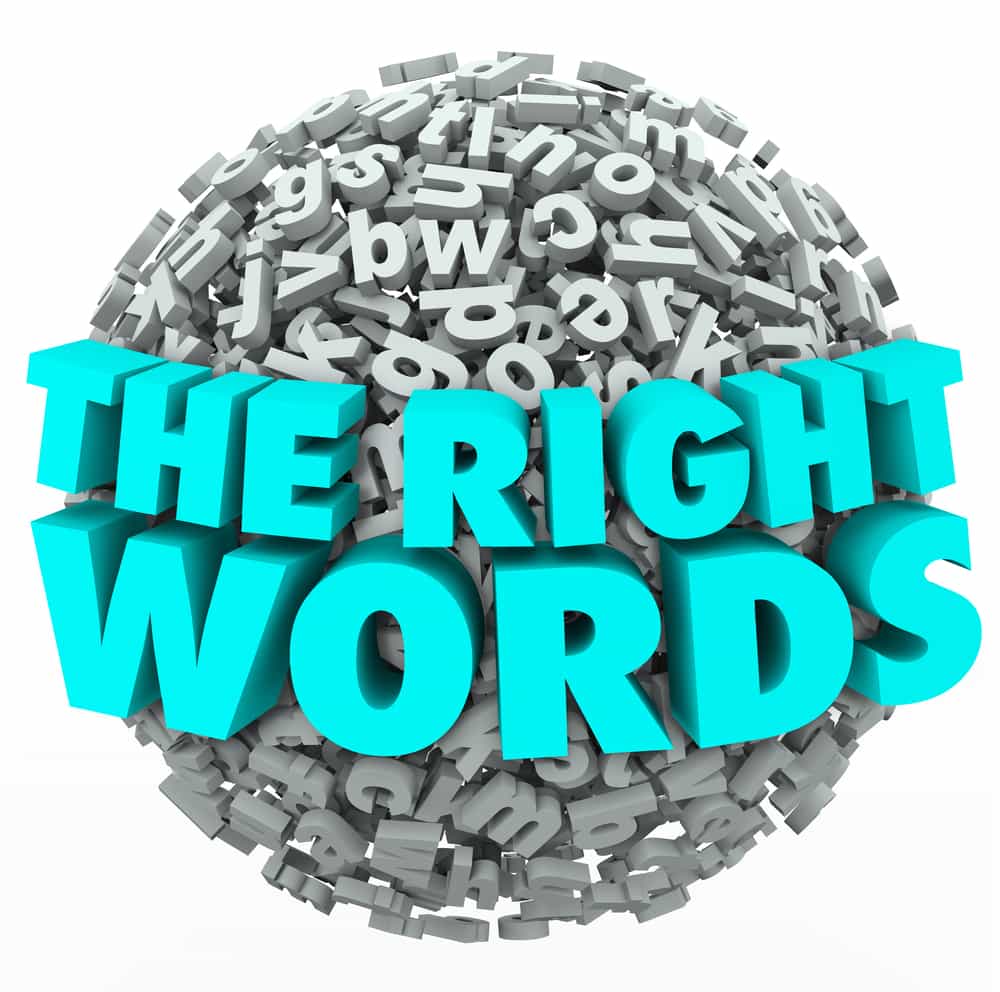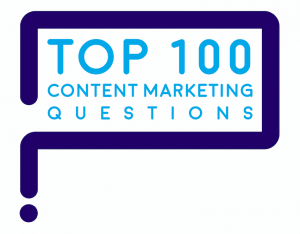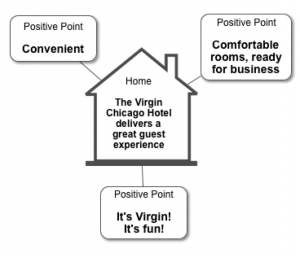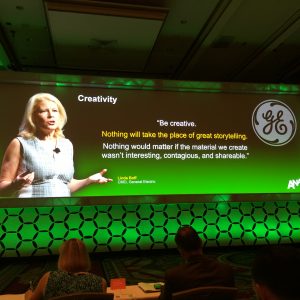
Top 100 Content Marketing Question: How do you measure effective copy?

To write effective copy, use these 5 tips and tricks.
“How to measure effective copy?” is one of marketers’ top 100 questions about content marketing.

1. Choose the most relevant topics for your audience.
What’s your audience most interested in? Write about the topics your audience cares most about.
You can find out your audience’s most relevant, resonant topics as you:
- Listen to people in your audience, customers and customer-facing employees
- Perform buyer persona research to gain insights into customers
- Monitor social media to see which topics provoke interest and interaction
- Use analytics to see which content your audience consumes and shares most.

Which questions do audience members seek answers to?
Gather, analyze and answer your audience’s top 100 questions. Here’s a robust step-by-step process you can use to convert your audience’s questions into highly relevant content.
Your audience’s top 100 questions reveal:
- The topics the audience is most interested in
- What the audience wants to know about these topics
- How the audience’s questions differ at each step in the decision journey
- Where the audience gets stuck: where they need help from your copy.
When you find out your audience’s top questions, you learn what they are Googling for. Your write more effective copy.
Knowing customers’ top 100 questions improve search engine optimization (SEO) and content marketing results.
Make sure the copy you write stays consistent with your company’s message.
If you don’t have a clear company message that can be expressed in 7 seconds or 23 words, you need to create a Message Map. A Message Map helps you tell your audience what’s in it for them in 7 seconds or less.

By staying on your Message Map, all the copy and content you produce will be clear, concise, and consistent. This practice ensures effective copy. Here’s how to create your own Message Map.
Emphasize a consistent message whenever your company shows up on the webpage. Why? The human brain equates consistency with credibility, cognitive neuroscientist Dr. Carmen Simon notes.
Staying on one consistent message is the best way to persuade your audience that you speak the truth.
2. Maximize the readability of your text to enlarge your audience.
Effective copy is simple, using short words, short sentences, and short paragraphs. Brevity increases the readability of your text.
Don’t talk over your audience’s heads. Some websites are written in such complex language that 99 out of 100 people cannot read and comprehend the copy.
Use the Flesch-Kincaid readability test, which is built into Microsoft Word, to write to a lower grade level. Here’s how the reader’s comprehension looks in a chart.

The lower the grade level, the more people can read and understand your text.
For example:
- Only 1 out of 100 people can comprehend text written at a 17th-grade level.
- About half of people comprehend text at a 9th-grade level.
- More than half of people understand text at an 8th-grade level.
This blog is written at a Flesch-Kincaid grade level of 7.4, so most people can read it. The lower the grade level, the likelier you are writing effective copy.
3. Ensure your copy is easy to scan.
Headlines are the most powerful part of the copy. It’s worth the extra effort to write great headlines.
Don’t stop after writing one headline. Write 20 headlines, then pick the best one. Test them on social media to see what works.
As legendary adman David Ogilvy observed:
On the average, 5 times as many people read the headline as read the body copy. When you have written your headline, you have spent 80 cents out of your dollar.”
On the Internet, people scan content more than they read it. Studies show that most people spend less than 15 seconds active on a webpage. Effective copy cuts through your audience’s inattention.
A CXL Institute study of short article readership found that people pay the most attention to a headline, photo, and photo caption. Specifically:
- 97% read the article headline.
- 98% look at the subhead, but it’s more of a glance than a read.
- 91% read the image caption.
Only about 60% of people spent time reading the copy. Based on the amount of time they spent, most were skimming rather than reading.
Use a generous amount of white space around your text. Especially on a mobile phone, it makes content much easier to scan or read.
Test the effectiveness of your headline by checking its emotional marketing value (EMV).
On a 100-point scale, the headline on this blog scores an 83. “How do you measure effective copy?” is a headline taken from a marketer’s question. The EMV test shows that this headline appeals on both the intellectual and spiritual levels.
Test your headlines’ EMV by using this free tool. Headlines with high EMV scores make an effective copy.
A great visual paired with a powerful headline and caption helps you pull in more readers. Visuals are becoming the new headline.
4. Use global English to widen your audience.
Remember when you or your child first learned to speak? Humans learn the simplest, shortest words first.

Your first 100 words enabled you to say a lot and get your point across. That begs the question for a copy: How big a vocabulary do you need in the effective copy?
Copywriters can learn a lesson from the Voice of America (VoA), which chooses only the simplest words for its global audience.
VOA broadcasts in English, mostly in countries where people know a little bit of English as a second language. So, VoA developed a 1,500-word vocabulary to maximize comprehension among non-native English speakers.
That’s right, 1,500 words are enough to report the news, explain the technology, and tell stories well.
These 1,500 words are simple enough for global audiences to get.
If your industry speaks its own language, as many do, add in key industry-specific terms. Consider your global customers’ needs: speak simple English plus the familiar industry terms they already learned.
Simple, global English helps you reach a bigger audience of readers and potential customers. It enables both non-native English speakers and native English speakers to understand you much better.
More people who understand you lead to more sales. That’s what great copywriting is all about.
5. Use the tricks of the writing trade.
Tell stories, whether a short anecdote or a book-length story. Compelling stories keep readers reading. That makes an effective copy.

Use analogies to simplify complex topics. Here’s a favorite analogy from E. B. White:
Explaining a joke is like dissecting a frog. You understand it better, but the frog dies in the process.”
And one from Forrest Gump:
Life is like a box of chocolates. You never know what you’re going to get!”
Use other tricks of the writing trade. Sprinkle examples, quotes, and comparisons throughout your copy.
Include charts and graphs to make your copy even more credible. A study found that copy with charts and graphs is more believed than a copy without – even when no new information is added by the chart.
Here are 2 infographics with ideas and inspiration for your copywriting.
Best of luck with your writing!

